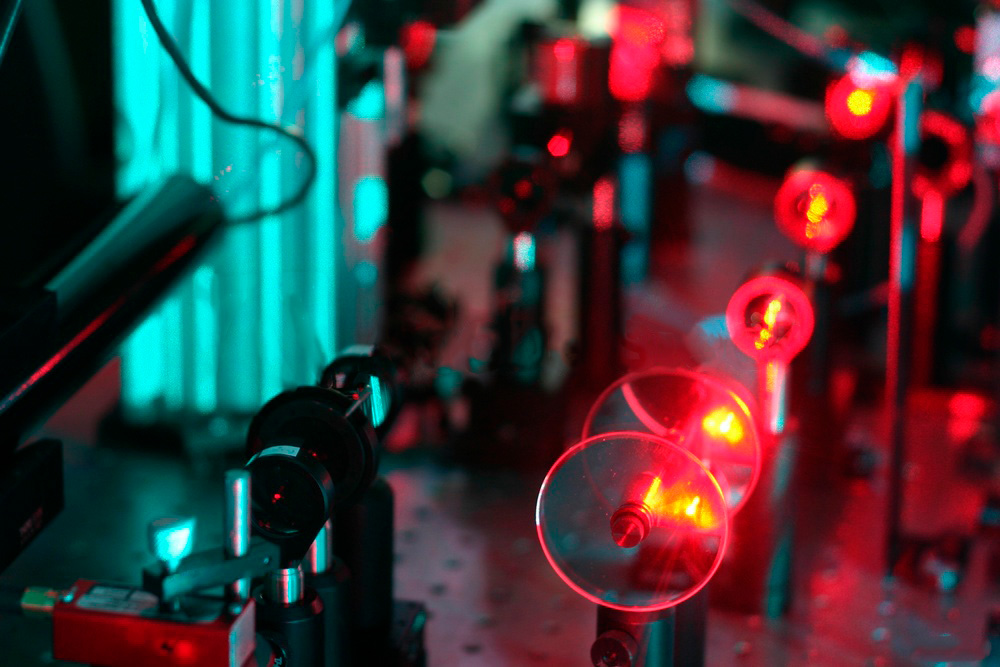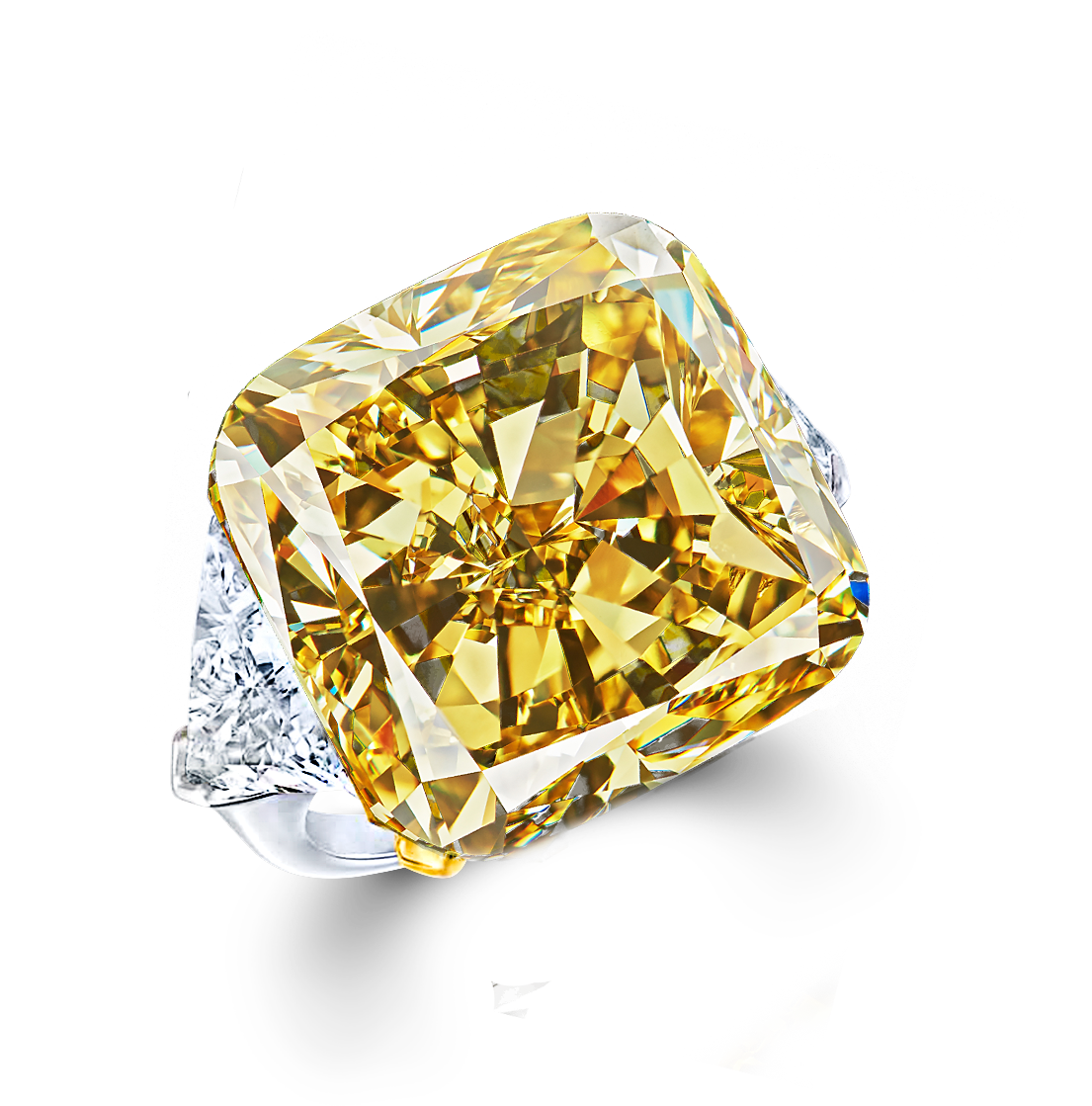Optical appliances

Diamond is solid, chemically inert, has a high thermal conductivity with a low linear coefficient of expansion, which makes it an ideal material for output windows of infrared and microwave radiation.
Synthetic diamond began to displace zinc selenide as exit windows in high-power CO2 lasers and gyrotrons. These synthetic polycrystalline diamond windows have the shape of large-diameter disks (about 10 cm for gyrotrons) and a small thickness (to reduce absorption).

Single crystals in the form of plates up to 10 mm in size become important for use in some optical applications, including heat distributors in laser resonators, diffraction optics and the working body of optical amplifiers in Raman lasers.
Modern improvements in HPHT synthesis have made it possible to increase the purity and correctness of the crystallographic structure of single crystals enough to displace silicon in diffraction gratings and window material in high-power radiation sources, for example, into a synchrotron. Diamonds produced by HPHT technology are used to create diamond anvils to study the properties of substances at ultrahigh pressures.
Partnership
We are always interested in expanding our partner network, and if you are interested in individual projects based on our advanced technologies for growing nitrogen-free diamond single crystals according to the highest quality standards, surpassing natural diamonds in size and characteristics, you can always contact us about the possibility of partnership and collaboration.

SCIENCE
how we create our diamonds?
The process of creating a natural and synthetic diamond is extremely similar – only one occurs naturally, and the other occurs in the laboratory. We make science simple and want to share with you our innovative and advanced HPHT synthetic diamond technology.